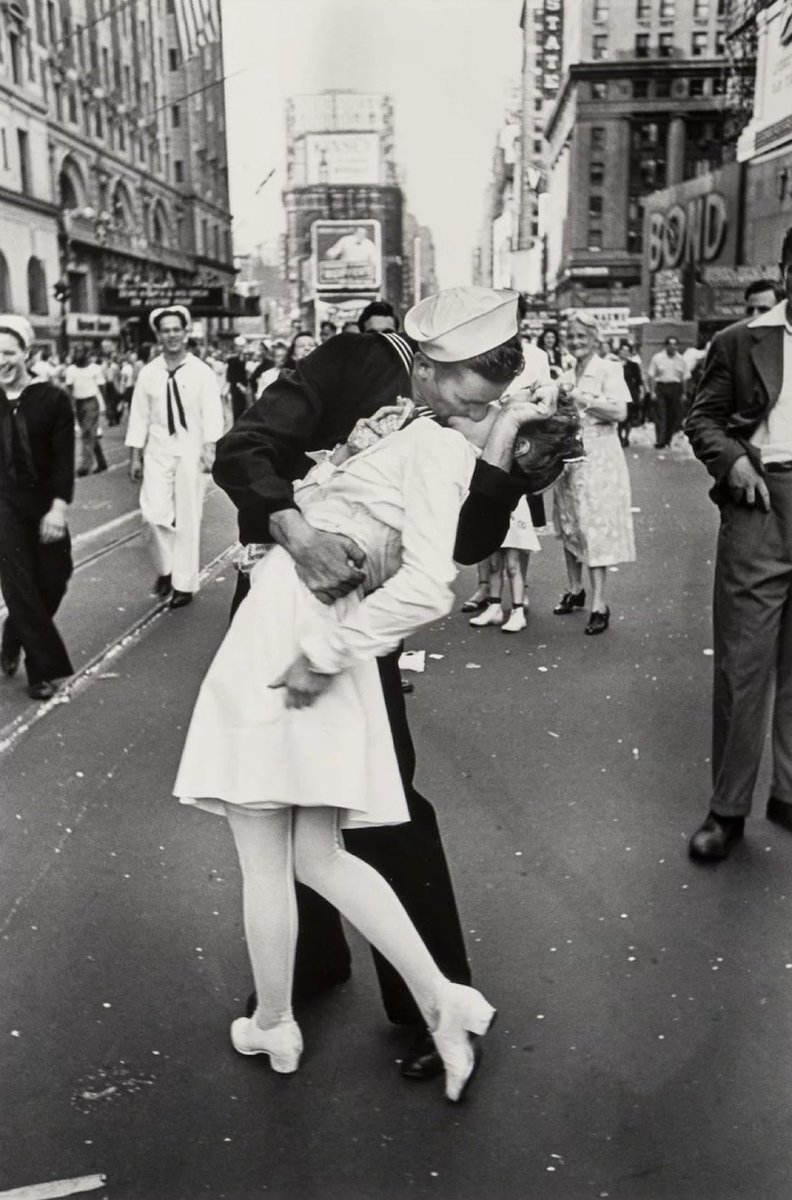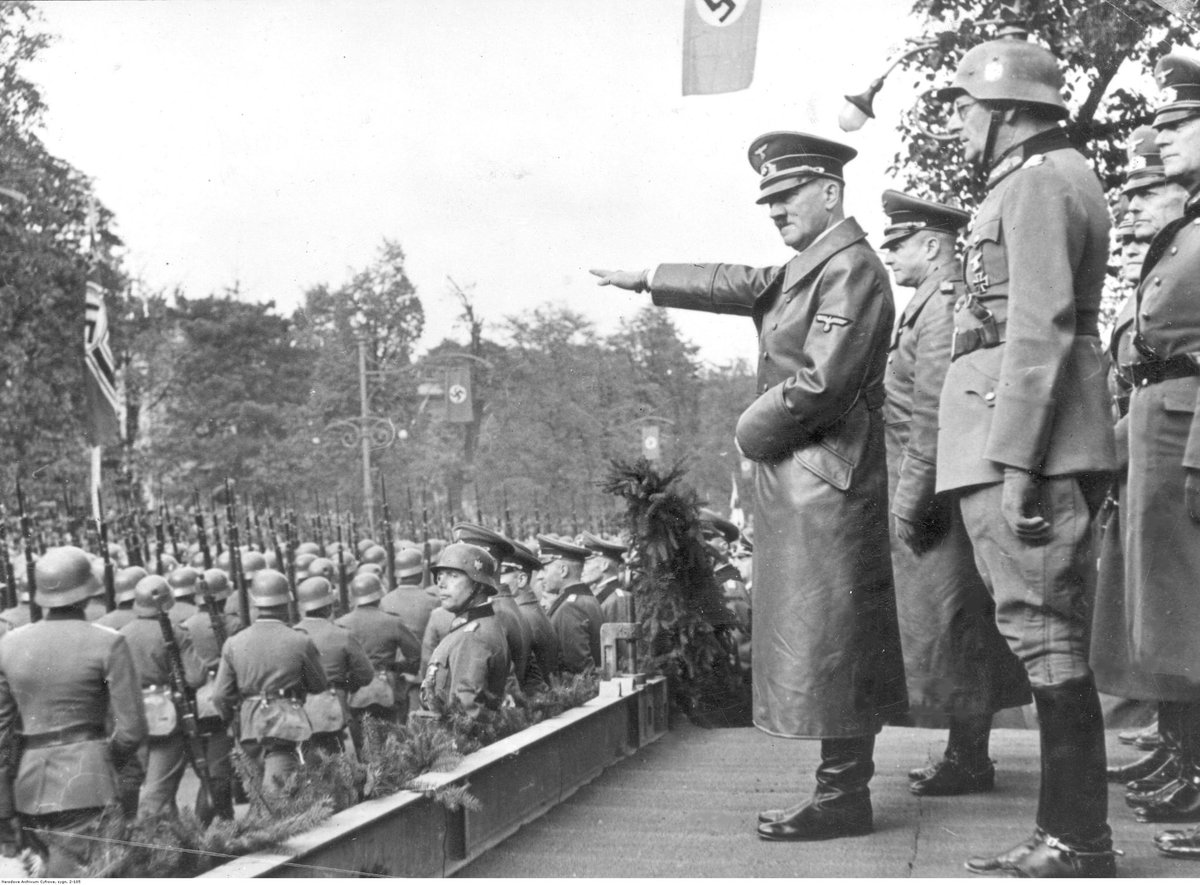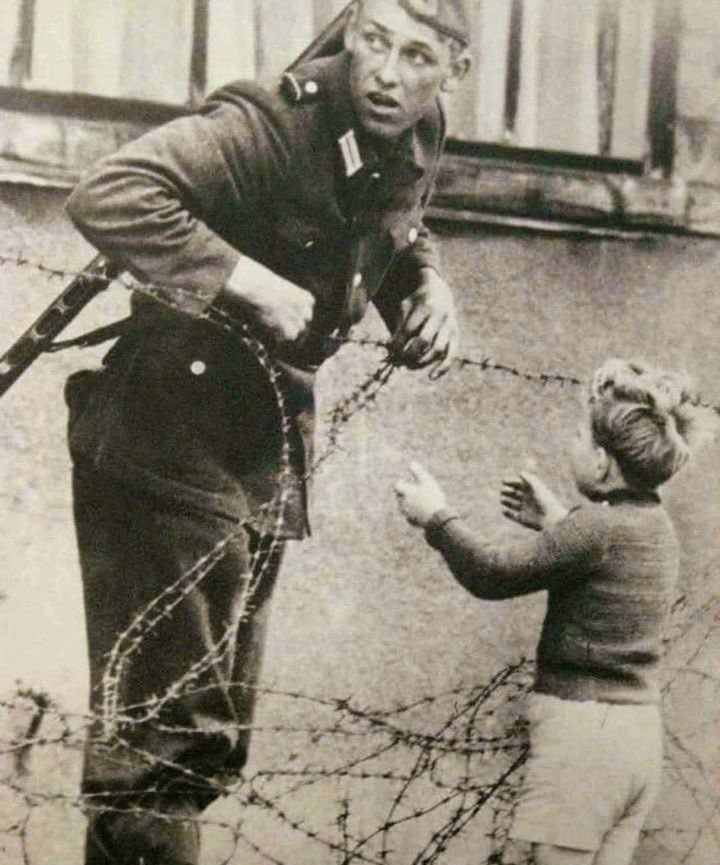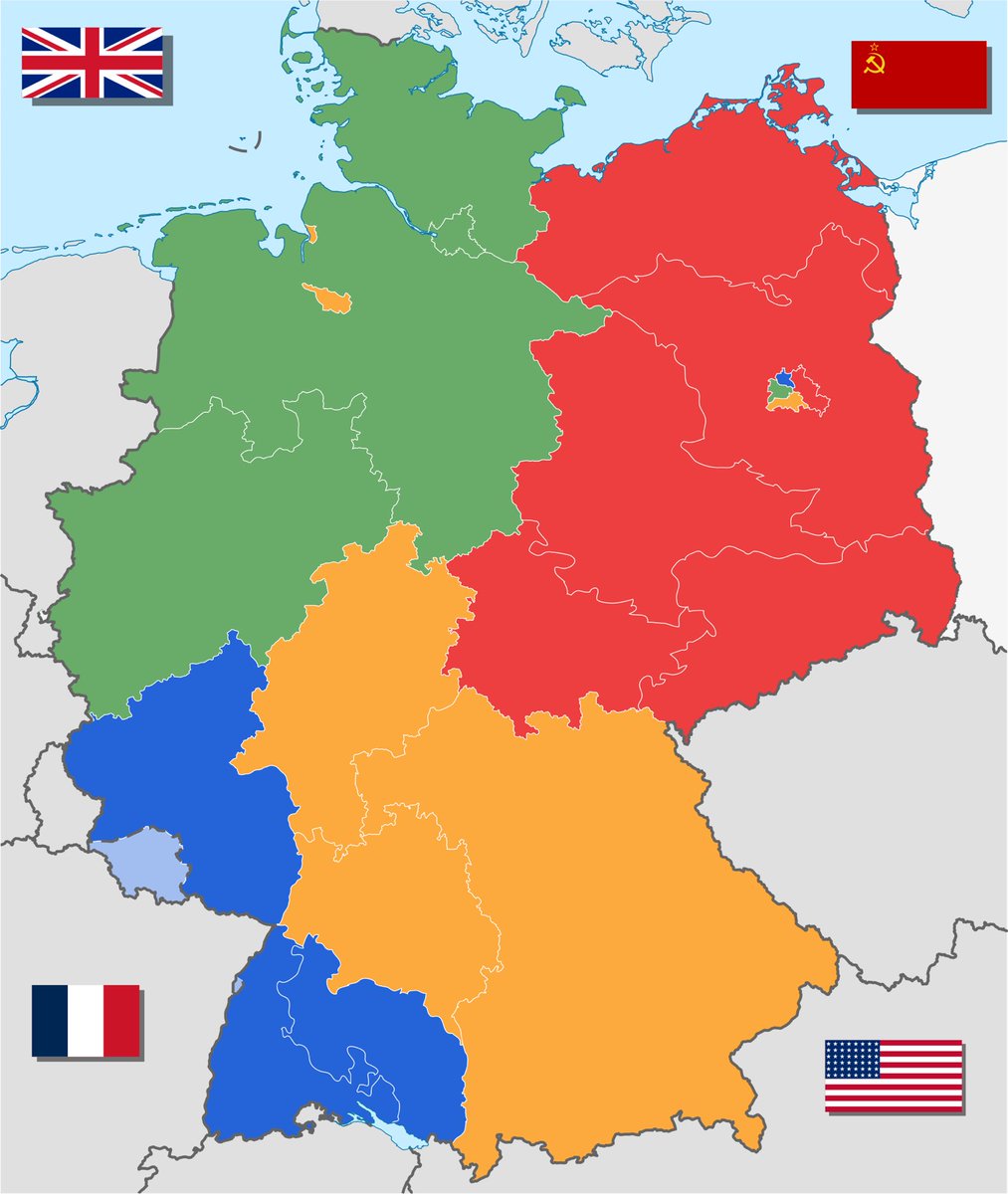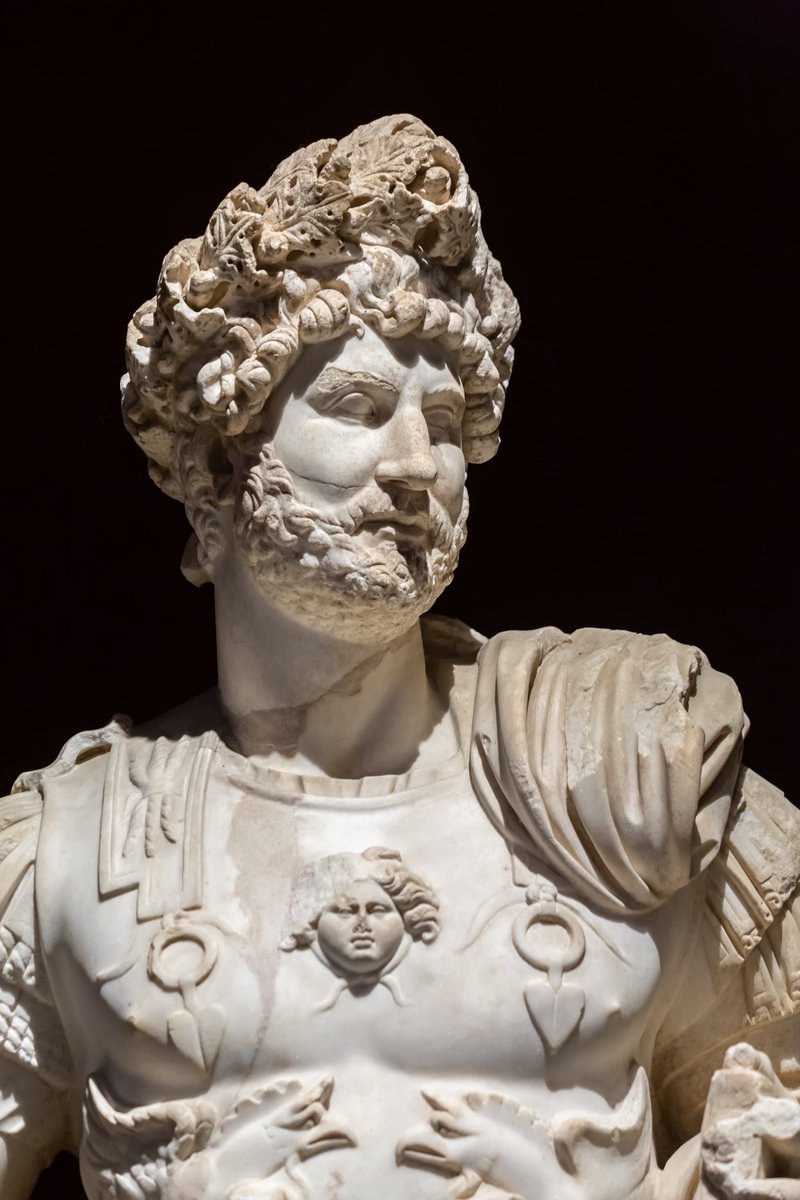There are battles that echo throughout history, but few rival the epic stand of the Greeks at Thermopylae.
Today in 480 BC, King Leonidas and his fearless Spartans fought to save Greece from the Persians at the "hot gates.” 👇🏼🧵
Today in 480 BC, King Leonidas and his fearless Spartans fought to save Greece from the Persians at the "hot gates.” 👇🏼🧵

Before Thermopylae in the early 5th century BC, Darius I and his Persian Achaemenid Empire had expanded West.
He subjugated Thrace and Macedonia, and next he set his sights on the Greek city states to the south.
He subjugated Thrace and Macedonia, and next he set his sights on the Greek city states to the south.

The exact reasons for Darius’ desire to conquer Greece are unclear.
Some scholars suggesting wealth and resources, but the more widely accepted reasons are glory and prestige.
Some scholars suggesting wealth and resources, but the more widely accepted reasons are glory and prestige.

Regardless, in 491 BC, Darius I sent envoys demanding Greece's submission, but the Greeks responded by executing the envoys.
This led Athens and Sparta to form an alliance against Persia.
This led Athens and Sparta to form an alliance against Persia.

In 490 BC, the Greeks, led by Athens, defeated the Persians at the Battle of Marathon.
It was a truly legendary victory and was just the beginning of many battles fought between the Greeks and the Persians.
It was a truly legendary victory and was just the beginning of many battles fought between the Greeks and the Persians.

After Darius' death, his son Xerxes I became king in 486 BC and prepared a massive invasion of Greece.
He even had a canal and bridges constructed to facilitate troop movements to Greece.
He even had a canal and bridges constructed to facilitate troop movements to Greece.

Initially, 10,000 Greek hoplites were sent to defend the valley of Tempē, but they withdrew upon realizing the overwhelming size of Xerxes' army. 

The Greeks chose the narrow pass of Thermopylae as the ideal defensive position and sent a joint force of 6,000 to 7,000 men to block the Persian advance. 

The defending Greek forces at Thermopylae included 300 Spartans, 700 Thespians, 400 Thebans, and troops from other Greek city-states. 

The Spartans were led by King Leonidas and 300 of his personal guard.
They were fiercest warriors of Greece.
They were fiercest warriors of Greece.

The Persian army was led by Xerxes himself. It was so vast, with modern estimates placing it between 100,000 and 300,000 troops.
Ancient sources claim much higher numbers, but regardless the Greeks were extremely outnumbered.
Ancient sources claim much higher numbers, but regardless the Greeks were extremely outnumbered.

The battle began with Xerxes sending his Median and Kissian troops, followed by the elite Immortals, but they were unable to break through the Greek defenses on the first day.
Some say the Greeks only lost 3 men on the first day, with Persian casualties in the thousands.
Some say the Greeks only lost 3 men on the first day, with Persian casualties in the thousands.

The Greek hoplites fought in a tightly packed phalanx formation, using heavy armor, long spears, and large shields to maintain a strong defensive position in the narrow pass. 

The Persian tactics of massed archery and cavalry charges were less effective in the confined space of Thermopylae.
The fighting took place in a 15-meter wide gap with a cliff on the Greek's left and a sea on their right.
The fighting took place in a 15-meter wide gap with a cliff on the Greek's left and a sea on their right.

On the second day, the Persians again attacked but were repelled by the Greeks, who continued to hold their ground. 

The tide turned when a local Greek named Ephialtes betrayed his countrymen by revealing a secret mountain path to the Persians.
This allowed Xerxes army to outflank the Greek forces.
This allowed Xerxes army to outflank the Greek forces.

Realizing the Greeks were about to be surrounded, Leonidas ordered most of the Greek army to retreat, but he remained with his 300 Spartans and a few hundred others to make a final stand. 

On the third day, Leonidas and his remaining forces fought to the last man.
This time, they met the Persians in open battle to allow the other Greek forces to retreat and to kill as many Persians as possible. Two of Xerxes brothers were put down by the Greeks.
This time, they met the Persians in open battle to allow the other Greek forces to retreat and to kill as many Persians as possible. Two of Xerxes brothers were put down by the Greeks.

Leonidas was killed during the final battle, and his body was fiercely fought over by his men and the Persians.
His men won his body, but were eventually overwhelmed by the Persian forces.
His men won his body, but were eventually overwhelmed by the Persian forces.

After the battle, Xerxes ordered Leonidas' head to be displayed on a stake.
He meant to demoralize the Greeks, but it had the opposite effect.
He meant to demoralize the Greeks, but it had the opposite effect.

Thermopylae became legendary throughout Greece and rallied the city states together.
The Greeks assembled the largest hoplite army ever seen and crushed the Persians at the Battle of Plataea in 479 BC, which brought the Persian invasion to an end.
The Greeks assembled the largest hoplite army ever seen and crushed the Persians at the Battle of Plataea in 479 BC, which brought the Persian invasion to an end.

• • •
Missing some Tweet in this thread? You can try to
force a refresh





